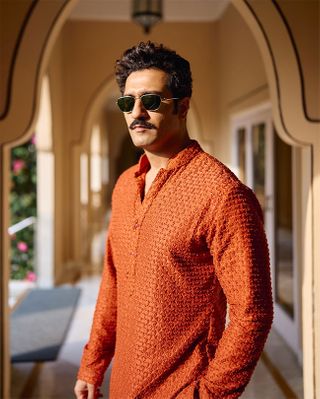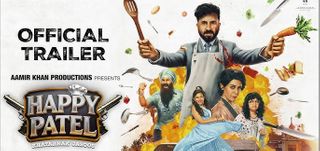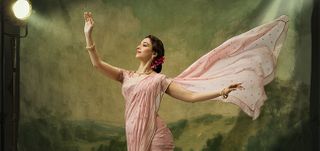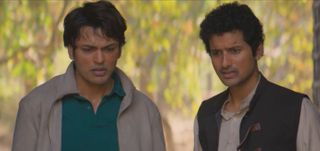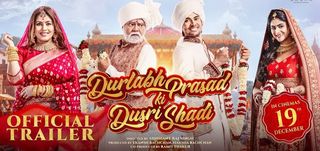Vaastu Shastra Movie Review
Warning - if you get scared in the movies, then stay away from "Vaastu Shastra".
It's arguably the most terrifying Bollywood horror film ever conceived and brought to the screen with an ingrained integrity that diminishes both rational explanations and irrational fear to a mound of indistinguishable afterthoughts, applicable only if you overcome your nerve wracking perceptions of the sheer visual terror the film creates.
Compared with "Vaastu Shatra", Ram Gopal Varma's "Bhoot" was child's play. Also, "Bhoot" was more leisurely and casual in its spine chilling aspirations, while "Vaastu Shastra" is relentlessly horrific in its implications of what demoniacal discoveries lie beneath the tranquil surface of a seemingly normal household.
While in most horror films, including Hollywood's most celebrated ones like "The Exorcist" and "Omen", or the "Friday The 13th series", the terror is imposed from the outside and allowed to seep into the characters and plot. "Vaastu Shastra" moves in the opposite direction.
The appalling terror originates from within the given milieu and the rounded believable characters who occupy the stunningly ominous spaces - and makes its way outwards to the frames.
Before we move further with the frights, let's straightway congratulate the debutant director for assembling a crew that allows his flights of foreboding to take wings.
Apart from a terribly overdone soundtrack in the first half (why must the sound effects be used so arbitrarily to scare viewers when there's so much of the genuine stuff, and so well thought out, later in the plot?), there isn't a single aspect in the narration that doesn't grab us.
Sachin K. Krishn's camerawork is eye-catching without being glamorous. The frames create a feverish flush of fear without overdoing the sleek exteriors of the bungalow where the horror unsheathes in glowing purple shades.
While the first half gives us, and the characters, a chance to catch our breath, the second half pulls out all stops to unleash a furious terror across the plot's sweltering scenario.
The ghosts, so far seen in fleeting silhouettes, come out of the closet en masse. They crowd the narrative with their muffled but brash demands, make what was so far only a whispered glance in horror films, and on occasion afford us a full-frontal view of the other world in all its ghoulish glory.
There are no benign supernatural elements. The mean spirits infest "Vaastu Shastra" and finally overpower the narration to the point where director Narang seems to take the horror genre way beyond the prescribed borders of thrills and entertainment.
Ironically the film's most outstanding aspect - its willingness and ability to take the horror genre beyond the permissible limits - is also its gravest shortcoming.
To aficionados of filmic terror, the excesses of "Vaastu Shastra" may appear overdone and unbearable.
That's precisely the reason why the film makes a deep and indelible impression. Unlike other tales of the other world this one, doesn't leave us with the comfort of the evil forces being vanquished.
Narang portrays the dark unknown world as dangerously self-renewable.
The ghouls crackle with hostility. The writer, editor and the cameraman conspire to create a climate of ceaseless stress. The fear never leaves the frames. The terror is never vanquished. What we are finally looking at is a bleak irredeemable evil, aggrandized by a negative energy that flows speedily through the veins of this agile spook story.
Notch up several points for the new director. He not only knows the horror genre in and out, he uses its conventions in a subverted celebration of supernatural stupefaction. Narang even does the "Girl In A Shower" sequence from "Psycho" with Peeya Roy Chowdhry who plays Sushmita's sister. The sequence ends in a way that's not only unexpected but horrifying beyond Hitchcock's hemisphere of horror.
First-rate performances come from the whole cast








